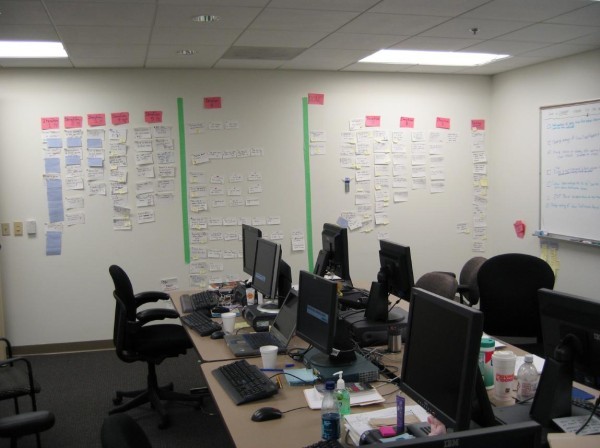
Within the last 6 months, I have attended over 15 gatherings of Scrum Masters, Agile Coaches and Transformation Consultants, ranging from Meet-ups, Seminars, Conferences and Workshops, one hand, to better deepen my learnings/research, and on the other hand to expand my network. During and after each of these gatherings, I would engage a few attendees, most especially those who actively work within the Agile space to ask a few questions and understand certain concepts about the practice. But about two months ago, I made Sprint Backlog my main focus. I struck up conversations with folks, specifically those with Scrum Masters and Agile Coaches as job titles to ask questions about Sprint Backlog. I collated the responses I received from the practitioners and juxtaposed the findings with the Scrum Guide, which is a reference for the Scrum framework. I have decided to document the outcome of this exercise in this article, not to cast aspersions on any individual or group, but rather to point out some patterns and anti-patterns and strike up discussions.
Caveat 1: I am assuming the readers and target audience of this article know what SPRINT BACKLOG is. If there is anyone who needs some brushing up, kindly visit www.scrumguides.org to download a free copy of the Scrum Guide and read up page 16 of the document.
Caveat 2: This article is not to teach Scrum or any component of Scrum (Roles, Ceremonies, Artifacts or Rules that guide them).
So, after collating the responses, and bench-marking them with the Scrum Guide, I found some Good, Bad and some really Cool stuffs
THE GOOD.
As expected (as recommended by the Scrum Guide), the folks I spoke with confirmed that they have on their Sprint Backlog the following items
1. Selected Product Backlog Items: Circa 97% of the people I spoke to said they have Selected Product Backlog Items on their Sprint Backlog. This is TOTALLY Fine. Usually, during Sprint Planning, the Scrum Team gathers together for about 8 hours or less (depending on the length of the sprint) to discuss what the Dev Team would be building for the current sprint, based on dev capacity and historical information. Some items are selected from the Product Backlog, and put in the Sprint Backlog…..
2. Tasks/Sub Tasks: Almost all people have tasks and subtasks in their Sprint Backlog. Again, this is FINE. The selected product backlog items are features and functionalities and would require some detailed, decomposed tasks that need to be completed to be able to deliver the Selected PBIs.
3. Sprint Goals: There is usually a Goal that the team is working towards and the more visible the goal, the better it is for the team, and this is why it is great to have the Sprint Goal in the Sprint Backlog.
THE BAD.
During my discussions, I realized the following bad traits:
1. No “Identified Process Improvement”: Inspection and Adaptation are two of the three pillars that Scrum is built on. The Sprint Retrospective becomes a futile exercise if the team is not taking any steps or actions towards the outcome of that ceremony. The Scrum Guide was very specific about including at least one improvement from the Retro in the new sprint. This totally defeats the whole essence of continuous improvement in Scrum.
2. The Scrum Master manages the Sprint Backlog: This is a bad practice. The Sprint Backlog belongs to the Development team and not the ScrumMaster. Under no circumstances should the ScrumMaster manage the Sprint Backlog. The best a ScrumMaster should do is coach and mentor the Dev Team on effective Sprint Backlog management.
THE COOL
Humans are naturally creative and imaginative. During discussions with the same set of people, I hear other creative things ScrumMasters and ScrumTeam include in their Sprint Backlog and I find them really cool. A few of them worth mentioning are:
1. Names/Aliases of the Team: Not one, not two, but many of the Scrum Masters told me they also creatively include names, drawings, and aliases of the Scrum Team on the Sprint Backlog, most especially for those who use whiteboards. I find this really cool.
2. Team Agreement: People may view this differently, but hearing ScrumMasters say they also include the Team Agreement on the Sprint Backlog sounds cool to me. Imagine constantly looking at the Sprint Board and seeing stuff like “Be Nice, Be Present, Be Bold etc” on the boards.
What are the “Good, Bad and Cool” stuffs you have noticed? What are your thoughts? Please drop your comments below
















